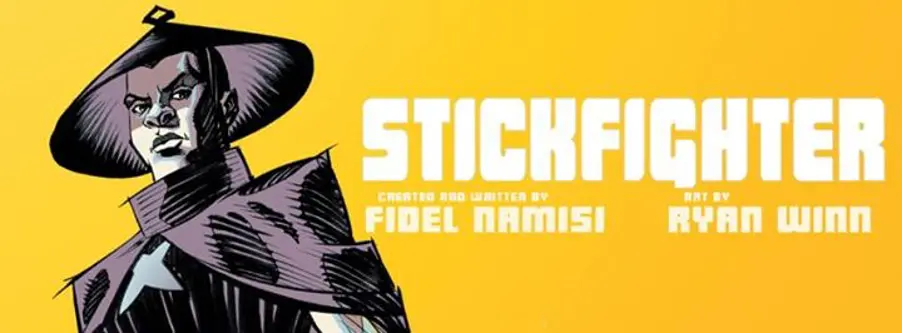Overview

Africa is known for many things, but Martial Arts is not one of them. Yet for centuries, young Zulu and Xhosa men on the plains of sunny Southern Africa honed their sword and spear handling skills by first mastering the deadly fighting clubs known as knobkerries. Only after years of sparring amongst themselves with these sticks of death would they graduate to the use of blades. Yet, a select portion of the most able warriors would still carry these mortal clubs into battle, using them to great effect at close quarters as a complement to their bladed weapons.
Fast forward to the twenty-first century. Africa is modernized, with South Africa boasting cities that are globally recognised for their amenities, standard of living and street culture. South African music, fashion and arts have all made their mark globally. And in the midst of all of this, the ancient art of stick fighting is still practised as an underground sport. The skills are passed on from master to student, generation after generation, and regular tournaments pull in crowds of eager and avid fans. But what if stick fighting wasn’t relegated to a mere sport, but was actually reimagined as what it was initially conceived and developed for - a mode of combat, a way of defending oneself and attacking an enemy at close quarters, causing great damage but without killing the antagonist?
Johannesburg has been described by many as a major crime capital and if ever there was a city that needed a hero, that city would be Johannesburg. And that hero will take the form of a warrior whose demeanour, personality and strategies would hearken back to the heroes of old.